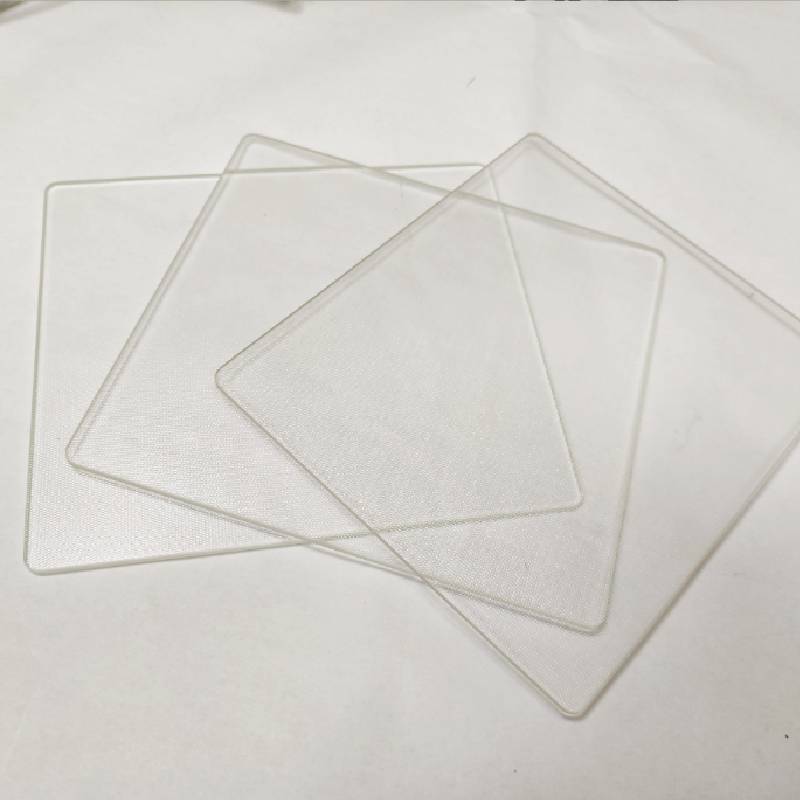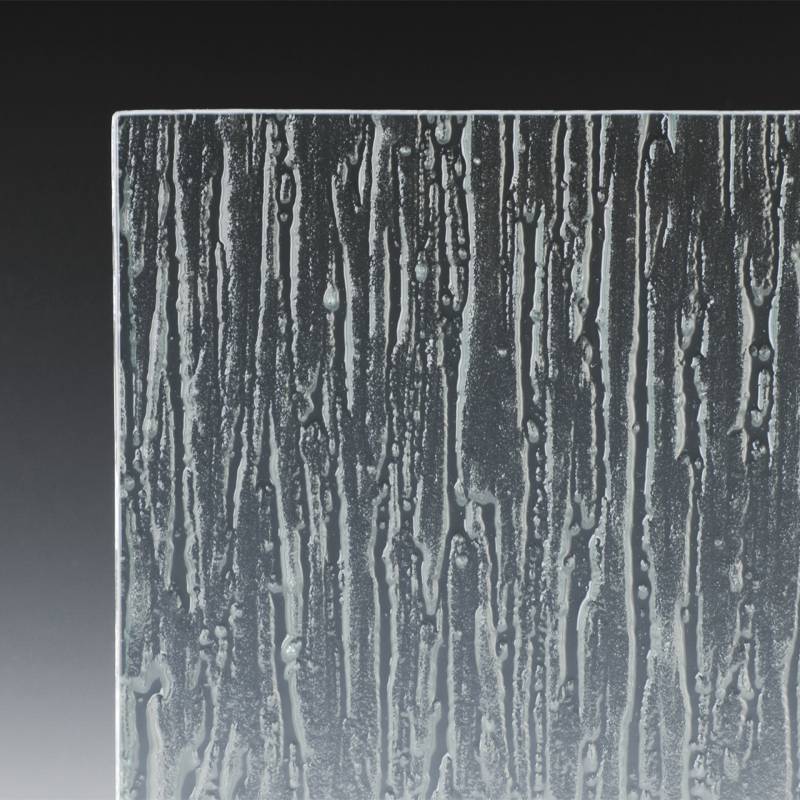The float glass manufacturing process represents a revolutionary advancement in the production of flat glass, which dominates the industry due to its superior quality and cost-effectiveness. This article delves into this sophisticated method, examining it through the lens of expertise and real-world application, providing insights from seasoned professionals involved in the field.

At the heart of the float glass production process lies the concept of floating molten glass on a bed of molten tin. This method, first developed and commercialized by Sir Alastair Pilkington in the 1950s, ensures that the resulting glass sheets have a perfectly uniform thickness and remarkably smooth surfaces. The journey begins with the preparation of raw materials silica sand, soda ash, and limestone, combined with cullet to ease melting. These ingredients are melted in a furnace at temperatures exceeding 1700°C, creating a viscous molten glass.
Expertise is paramount during the refining stage, where impurities and air bubbles are meticulously removed to prevent defects. The molten glass is then carefully channeled onto the molten tin bath. Professionals in the industry emphasize the critical controlled environment of this stage—temperature precision and atmospheric conditions are maintained rigorously to prevent oxidation and ensure optimal glass quality.

As the glass floats across the tin, its temperature gradually decreases, allowing it to solidify into a continuous ribbon. This is where experience plays a pivotal role. Operators must adeptly manage the cooling process, known as annealing, in a controlled environment called the annealing lehr. This gradual cooling alleviates internal stresses, ensuring the glass doesn’t crack or warp over time. Seasoned technicians highlight the importance of precise temperature regulation through this stage, recognizing it as crucial for maintaining structural integrity and optical clarity.
float glass manufacturing process
The subsequent cutting and inspection phases leverage both advanced technology and human expertise. Automated systems are employed to cut the glass into desired dimensions with pinpoint accuracy, while high-skilled inspectors conduct thorough quality checks. Their strategic and trained eye is essential in detecting imperfections that machines might miss, ensuring only the highest quality products reach the market.
The synthesis of technology and human acumen underscores the authoritative nature of successful float glass manufacturing operations.
The trustworthiness of float glass—often used in automotive, construction, and solar energy applications—stems from this meticulous production process. Manufacturers, guided by authoritative standards, proactively address sustainability concerns. Efforts include optimizing energy consumption and incorporating recycled glass, demonstrating a commitment to environmental responsibility.
In conclusion, the float glass manufacturing process epitomizes precision engineering and the harmonious blend of technology and human expertise. Its continued evolution reflects the industry's dedication to quality, efficiency, and sustainability, reinforcing its position as a trusted pillar of modern glass production. For businesses looking to invest in or utilize float glass, understanding this process is crucial, assuring stakeholders of both the expertise and reliability that underpin each pane of glass produced.
 Afrikaans
Afrikaans  Albanian
Albanian  Amharic
Amharic  Arabic
Arabic  Armenian
Armenian  Azerbaijani
Azerbaijani  Basque
Basque  Belarusian
Belarusian  Bengali
Bengali  Bosnian
Bosnian  Bulgarian
Bulgarian  Catalan
Catalan  Cebuano
Cebuano  Corsican
Corsican  Croatian
Croatian  Czech
Czech  Danish
Danish  Dutch
Dutch  English
English  Esperanto
Esperanto  Estonian
Estonian  Finnish
Finnish  French
French  Frisian
Frisian  Galician
Galician  Georgian
Georgian  German
German  Greek
Greek  Gujarati
Gujarati  Haitian Creole
Haitian Creole  hausa
hausa  hawaiian
hawaiian  Hebrew
Hebrew  Hindi
Hindi  Miao
Miao  Hungarian
Hungarian  Icelandic
Icelandic  igbo
igbo  Indonesian
Indonesian  irish
irish  Italian
Italian  Japanese
Japanese  Javanese
Javanese  Kannada
Kannada  kazakh
kazakh  Khmer
Khmer  Rwandese
Rwandese  Korean
Korean  Kurdish
Kurdish  Kyrgyz
Kyrgyz  Lao
Lao  Latin
Latin  Latvian
Latvian  Lithuanian
Lithuanian  Luxembourgish
Luxembourgish  Macedonian
Macedonian  Malgashi
Malgashi  Malay
Malay  Malayalam
Malayalam  Maltese
Maltese  Maori
Maori  Marathi
Marathi  Mongolian
Mongolian  Myanmar
Myanmar  Nepali
Nepali  Norwegian
Norwegian  Norwegian
Norwegian  Occitan
Occitan  Pashto
Pashto  Persian
Persian  Polish
Polish  Portuguese
Portuguese  Punjabi
Punjabi  Romanian
Romanian  Russian
Russian  Samoan
Samoan  Scottish Gaelic
Scottish Gaelic  Serbian
Serbian  Sesotho
Sesotho  Shona
Shona  Sindhi
Sindhi  Sinhala
Sinhala  Slovak
Slovak  Slovenian
Slovenian  Somali
Somali  Spanish
Spanish  Sundanese
Sundanese  Swahili
Swahili  Swedish
Swedish  Tagalog
Tagalog  Tajik
Tajik  Tamil
Tamil  Tatar
Tatar  Telugu
Telugu  Thai
Thai  Turkish
Turkish  Turkmen
Turkmen  Ukrainian
Ukrainian  Urdu
Urdu  Uighur
Uighur  Uzbek
Uzbek  Vietnamese
Vietnamese  Welsh
Welsh  Bantu
Bantu  Yiddish
Yiddish  Yoruba
Yoruba  Zulu
Zulu 


